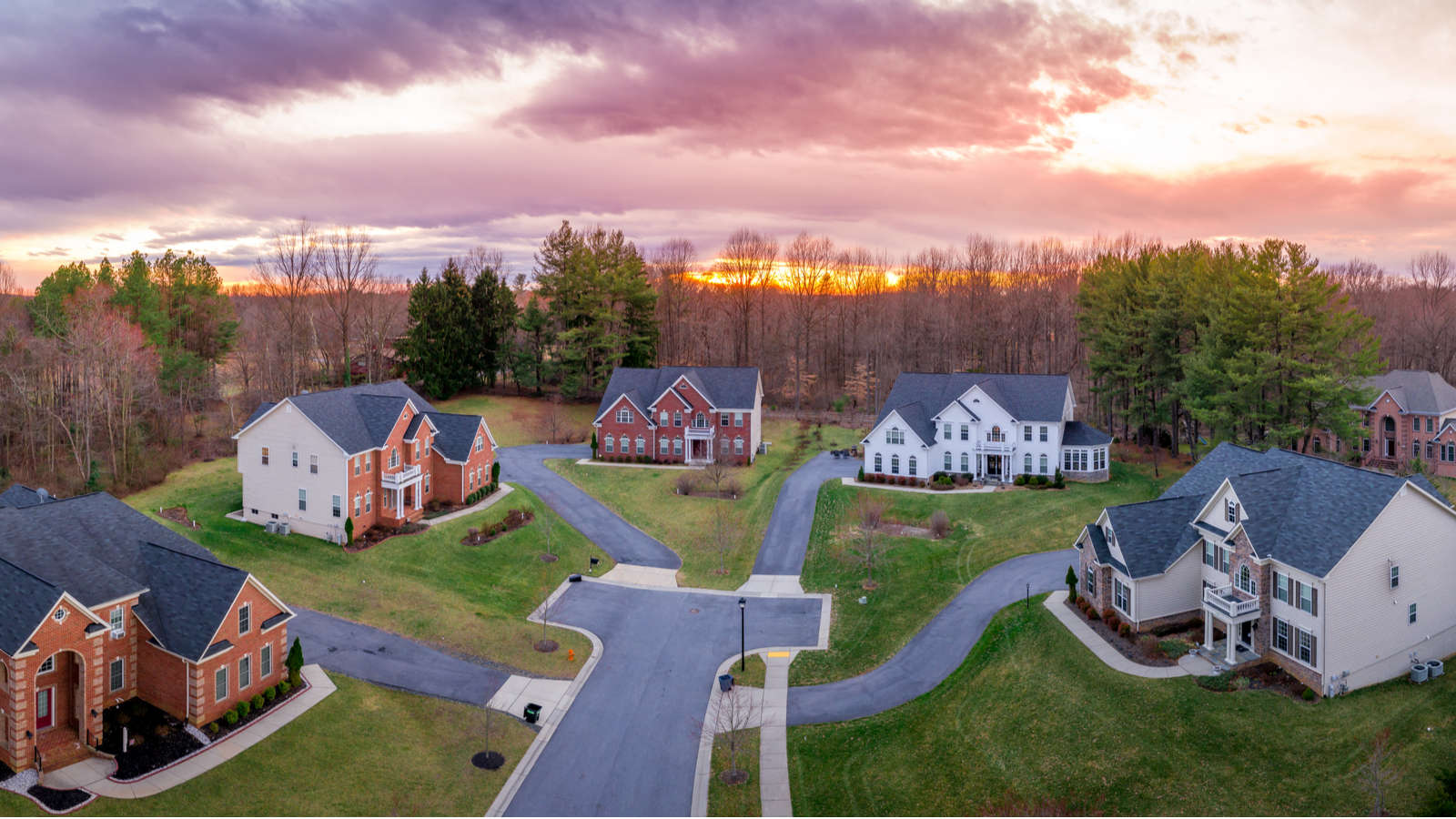Economics
Housing Bubble Fears: What the Case-Shiller Report Means for Homeowners
Source: tokar / Shutterstock
Tensions are high ahead of the release of the February S&P CoreLogic Case-Shiller Home Price Index report, due next Tuesday,…

 Source: tokar / Shutterstock
Source: tokar / Shutterstock
Tensions are high ahead of the release of the February S&P CoreLogic Case-Shiller Home Price Index report, due next Tuesday, April 25. Indeed, Tuesday’s Case-Shiller report will likely offer some clarity into whether fears of a “housing bubble” are justified amid seemingly constant reports of declining home prices.
What do you need to know ahead of next week’s crucial home price index report?
Well, CoreLogic’s Case-Shiller report tracks monthly price changes in the homes of the 20 largest metropolitan areas in the United States. As such, it’s an important barometer for the state of housing nationwide.
So far this year, the Case-Shiller has been woefully pessimistic, at least if you’re considering selling your home. The January Case-Shiller, released in late March, showed home prices were up 3.8% from last year, a notable deceleration from December’s 5.6% annual gain.
Craig J. Lazzara, Managing Director at S&P Dow Jones Indices, commented on the housing market weakness displayed in the report:
“January’s market weakness was broadly based. Before seasonal adjustment, 19 cities registered a decline; the seasonally adjusted picture is a bit brighter, with only 15 cities declining. With or without seasonal adjustment, most cities’ January declines were less severe than their December counterparts.”
Will the Case-Shiller Report Confirm Housing Bubble Fears?
In 2023, it’s not unemployment or speculation that’s fueling the housing market downturn, but rather interest-rate fueled demand destruction. Indeed, 30-year fixed mortgage rates, which have long been the most important factor in housing demand, have climbed as high as 8% in the face of the Federal Reserve’s quantitative tightening (QT) process.
Many metropolitan areas are down more than 15% from their summer 2022 peaks. This includes San Francisco and Seattle, down 17.1% and 16.4% as two of the most-affected cities from this year’s housing downturn.
Now, this all begs the question: Is there a housing bubble? And is it bursting? By most accounts, no. On a national scale, prices are only down around 3% from last year, according to Redfin. While it could be argued that this may only be the first hole in a sinking ship, economic conditions say otherwise.
The housing market is suffering mostly from demand destruction stemming from elevated borrowing rates. This isn’t 2008. Home prices aren’t overly inflated from baseless speculation, lending standards are far higher, large swathes of Americans aren’t at immediate risk of foreclosure and homes are still a desirable asset in the eyes of most people — made apparent by the limited inventory of available homes. While it’s certainly possible that home prices continue to cool a bit this year, the notion of a 15% to 20% drop is more fear-mongering than reality.
Mortgage rates are down to about 7% currently. Given that the Fed is likely turning the corner on its rate-hiking process, mortgages may only stand to continue easing down. Some project that 30-year fixed rates may fall below 6% this year as inflation cools off.
That includes Greg McBride, Chief Financial Analyst for Bankrate. McBride notes:
“The Fed continuing to raise short-term interest rates actually portends lower — not higher — long-term rates, including mortgage rates […] The more the Fed raises rates now, the less those bond investors will need to fret about inflation and the greater the risk of a recession, when investors stampede into bonds.”
On the date of publication, Shrey Dua did not hold (either directly or indirectly) any positions in the securities mentioned in this article. The opinions expressed in this article are those of the writer, subject to the InvestorPlace.com Publishing Guidelines.
With degrees in economics and journalism, Shrey Dua leverages his ample experience in media and reporting to contribute well-informed articles covering everything from financial regulation and the electric vehicle industry to the housing market and monetary policy. Shrey’s articles have featured in the likes of Morning Brew, Real Clear Markets, the Downline Podcast, and more.
More From InvestorPlace
- Buy This $5 Stock BEFORE This Apple Project Goes Live
- The Best $1 Investment You Can Make Today
- Wall Street Titan: Here’s My #1 Stock for 2023
The post Housing Bubble Fears: What the Case-Shiller Report Means for Homeowners appeared first on InvestorPlace.
inflation
monetary
markets
reserve
policy
interest rates
fed
bubble
monetary policy

Argentina Is One of the Most Regulated Countries in the World
In the coming days and weeks, we can expect further, far‐reaching reform proposals that will go through the Argentine congress.
Crypto, Crude, & Crap Stocks Rally As Yield Curve Steepens, Rate-Cut Hopes Soar
Crypto, Crude, & Crap Stocks Rally As Yield Curve Steepens, Rate-Cut Hopes Soar
A weird week of macro data – strong jobless claims but…
Fed Pivot: A Blend of Confidence and Folly
Fed Pivot: Charting a New Course in Economic Strategy Dec 22, 2023 Introduction In the dynamic world of economics, the Federal Reserve, the central bank…



















